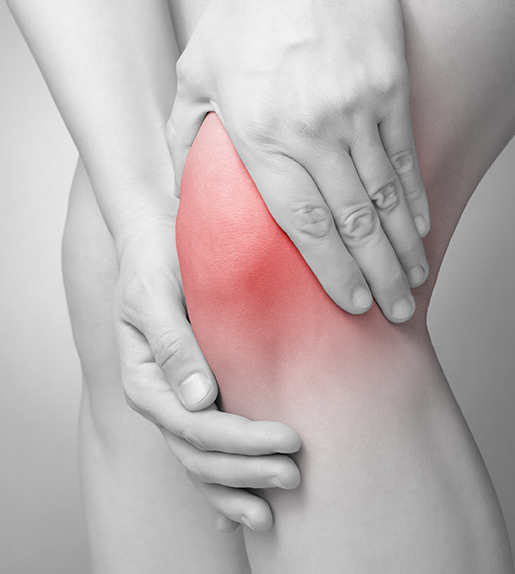Since 2001, the month of September has been declared Pain Awareness Month. Given the estimate that ⅓ – ½ of residents in senior care facilities have pain every day or almost every day, this is an important topic in our industry.
As part of an interdisciplinary team approach, proper assessment of pain is vital for ensuring resident comfort, overall well-being, and quality of life. When pain is well controlled, residents are able to achieve their highest level of functioning. Therefore, as part of our comprehensive therapy assessments we must be aware of the need to assess for pain and communicate findings with the interdisciplinary team.
A comprehensive pain assessment consists of four components:
- Pain history-A good pain history will explore the type, location, quality, and effect of pain on daily activities. Historical information should be received from the resident, primary caregiver, and family members.
- Pain scale-Use of pain scales will help determine the severity of pain from the resident’s perspective since pain is a subjective feeling. Pain scales are available in verbal, numeric, faces, and colors.
- Physical exam-This includes examination of functional mobility, joint mobility, range of motion, manual muscle testing, palpation, etc.
- Observation-As you are completing your physical exam or during therapeutic treatment, make note of non-verbal indicators of pain such as limping, guarding, favoring, grimacing, etc.
Pain in cognitively impaired patients often goes undetected. Lack of verbalization does not mean these residents are pain free, so observation for non-verbal indicators is vital. When non-verbal signs are detected, the resident should be assessed to rule out triggers that could be making them uncomfortable vs. true pain. Some sources of potential discomfort are inability to reposition, incontinent episode, tight clothing, or an improperly fitting splint. If discomfort is identified, corrections should be made to remove the noxious stimulus and improve resident comfort. If the source appears to be pain, be sure to report the concerns to the appropriate interdisciplinary team member to ensure appropriate assessment and interventions.
As part of a comprehensive therapy plan of care there are a number of pain management methods that can assist in reducing pain and improving quality of life. Methods include:
- Massage
- Manual therapy
- Physical agent modalities such as electrical stimulation, ultrasound, diathermy
- Therapeutic exercise and activity for muscle and joint flexibility, stability, and strength
Within these categories, there’s so much that therapy has to offer in managing pain and improving quality of life.
*Refer to the Functional Pathways “Pain Assessment Toolbox” for pain scales available for use.
Melissa Ward
Director of Clinical Services


Comments (0)